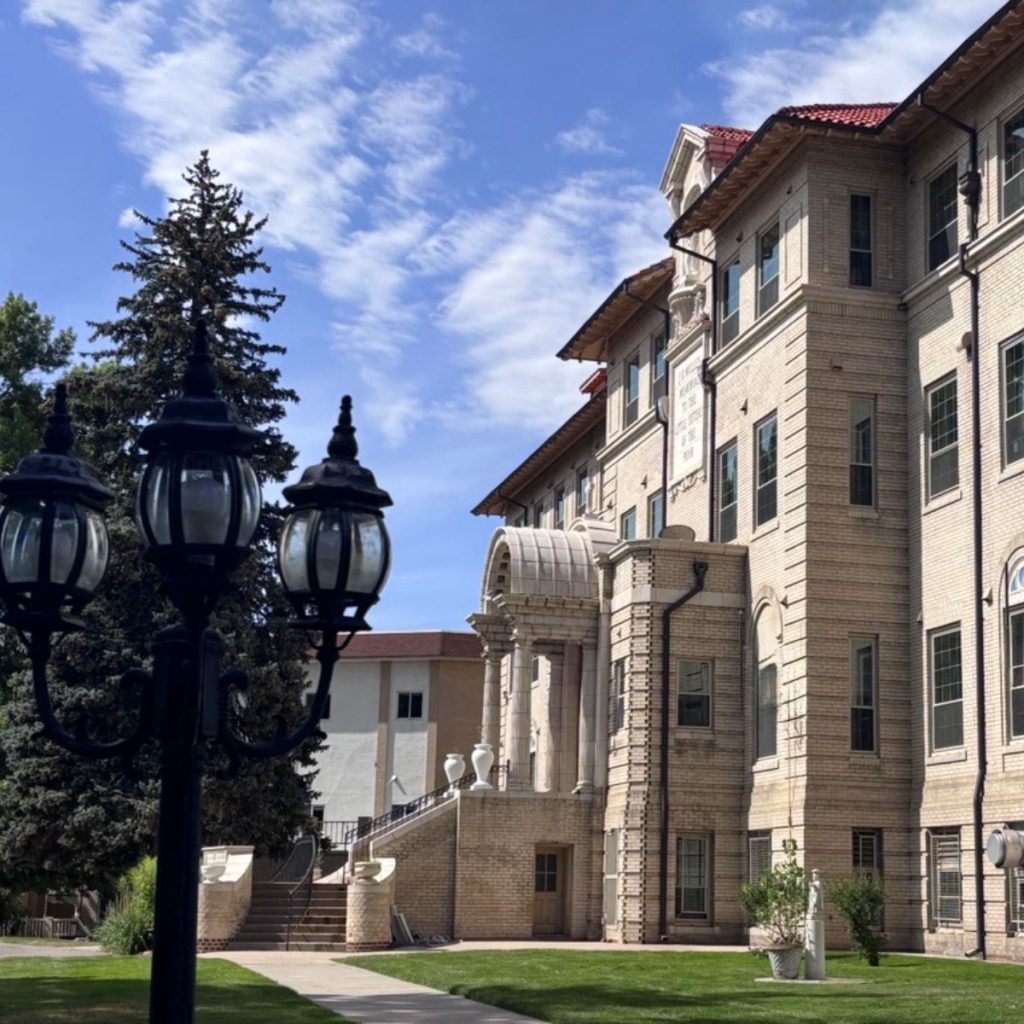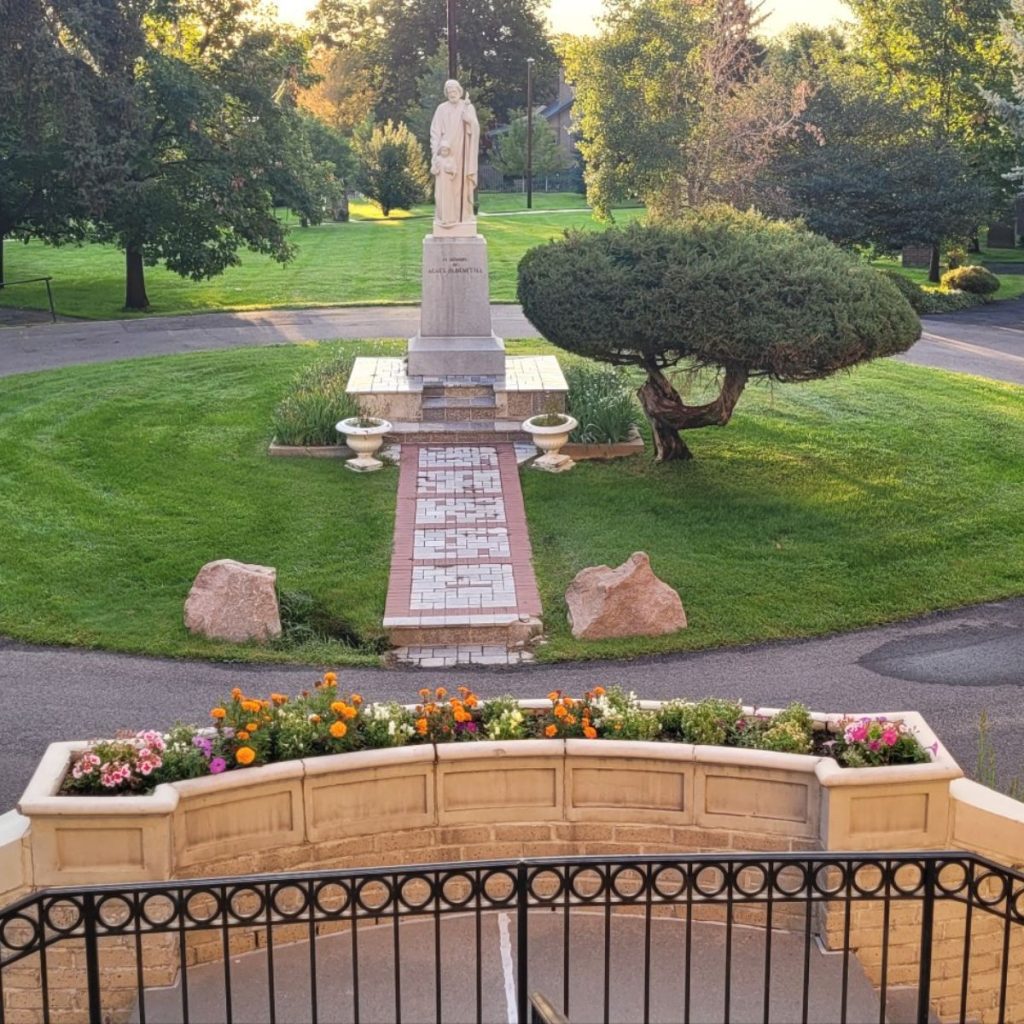Selecting the right senior living community represents one of life’s most significant decisions. As you explore options in the Highlands area, you’ll discover communities with varying philosophies, amenities, and approaches. Among the most crucial distinctions to understand is the fundamental difference between nonprofit and for-profit senior living organizations—a choice that can profoundly shape your daily experience and long-term satisfaction.
The Foundation: What Sets Nonprofit and For-Profit Communities Apart

The distinction between these two models lies in their core mission and how they handle financial resources. For-profit senior living operates as businesses designed to generate returns for investors and shareholders. These communities direct their surplus revenue toward profit distribution and business expansion.
In contrast, nonprofit senior living communities like Mullen Residences at the Highlands operate under a different philosophy entirely. Every dollar earned beyond operational costs gets reinvested directly back into the community—enhancing services, upgrading facilities, expanding programs, and improving the overall resident experience.
The For-Profit Model: Understanding the Business Approach
For-Profit businesses operate under investor oversight, with performance typically measured by financial metrics and return on investment. While many for-profit communities deliver excellent services, their structure inherently creates tension between providing optimal care and meeting profit expectations.
This business model often emphasizes marketing appeal and amenities that attract new residents, sometimes at the expense of operational elements that directly impact daily life quality. The need to satisfy shareholders can influence decisions about staffing levels, service offerings, and facility improvements.
The Nonprofit Advantage: Mission Before Margin

Nonprofit senior living communities operate with a fundamentally different purpose. Rather than answering to shareholders seeking profits, these organizations prioritize fulfilling their mission of serving seniors and creating community. This structure creates several meaningful advantages:
- Resource Allocation: Without the need to generate profits for external investors, nonprofits can dedicate more resources to direct resident care, staff development, and community improvements.
- Long-term Thinking: Nonprofit communities typically plan with decades-long perspectives rather than quarterly profit cycles, leading to more sustainable and thoughtful decision-making.
- Community Integration: These organizations often develop deep roots in their local communities, fostering partnerships and connections that benefit residents through expanded opportunities and support networks.
Seven Compelling Reasons to Choose Nonprofit Senior Living - Resident-Centered Philosophy
Nonprofit communities prioritize resident well-being as their primary success metric. This focus translates into decisions that consistently favor quality of life over financial performance, resulting in more personalized attention and responsive care approaches. - Enhanced Value Through Reinvestment
Rather than distributing profits to shareholders, nonprofit communities reinvest surplus funds into facility improvements, staff training, new programs, and enhanced services. Residents directly benefit from these continuous reinvestments. - Greater Financial Accessibility
Nonprofit status enables communities to pursue grants, donations, and partnerships that can help keep costs manageable. This financial flexibility often translates into more accessible pricing and additional support options for residents with varying economic circumstances. - Stronger Community Partnerships
Nonprofit organizations typically cultivate extensive relationships with local businesses, healthcare providers, cultural institutions, and volunteer groups. These connections create enriching opportunities for residents to remain engaged with the broader community. - Innovative Program Development
Without the constraints of profit maximization, nonprofit communities often have greater freedom to develop creative programs and services that address residents’ unique interests and needs, even if these initiatives don’t generate direct revenue. - Operational Stability
Nonprofit senior living communities often demonstrate remarkable resilience during economic challenges. Their mission-driven approach and community support typically provide stability that benefits both current and prospective residents. - Transparent Governance
Non-profit communities operate under board oversight focused on mission fulfillment rather than profit generation. This governance structure often results in more transparent decision-making and greater accountability to residents and families.
Quality of Life: How Organizational Structure Impacts Daily Experience

The differences between nonprofit and for-profit models extend far beyond financial statements—they influence the texture of daily life in meaningful ways. Nonprofit communities often cultivate environments that feel more like genuine neighborhoods rather than businesses, with staff members who view their work as a calling rather than just employment.
This mission-driven culture tends to foster deeper relationships between staff and residents, more flexible responses to individual needs, and programming that reflects residents’ interests rather than marketing requirements. The absence of profit pressure allows for decisions based purely on what serves residents best.
Making Your Decision: What to Consider
When evaluating senior living options, consider these key factors:
- Mission Alignment: Does the community’s stated mission resonate with your values and expectations?
- Resource Allocation: How does the organization reinvest its resources, and what evidence do you see of this reinvestment?
- Staff Engagement: Do team members seem genuinely invested in resident wellbeing, or primarily focused on operational efficiency?
- Community Integration: What connections does the community maintain with local organizations and resources?
- Long-term Stability: What evidence suggests the community will remain strong and sustainable over time?
Your Journey Forward
Choosing between nonprofit and for-profit senior living isn’t simply about organizational structure—it’s about finding a community whose values, approach, and long-term vision align with your own. At Mullen Residences at the Highlands, we are owned by the Archdiocese of Denver and operated by Christian Living Communities, non-profit organizations that enable us to focus entirely on what matters most: creating an environment where residents can thrive, relationships will flourish, and every day offers opportunities for growth and connection.
The decision you make today will influence your experience for years to come. Take time to visit communities, ask detailed questions about their mission and operations, and trust your instincts about where you feel most comfortable and valued.
Ready to learn more about the non-profit advantage at Mullen Residences at the Highlands? Contact us today to schedule a meeting and discover how our mission-driven approach creates exceptional senior living experiences.




